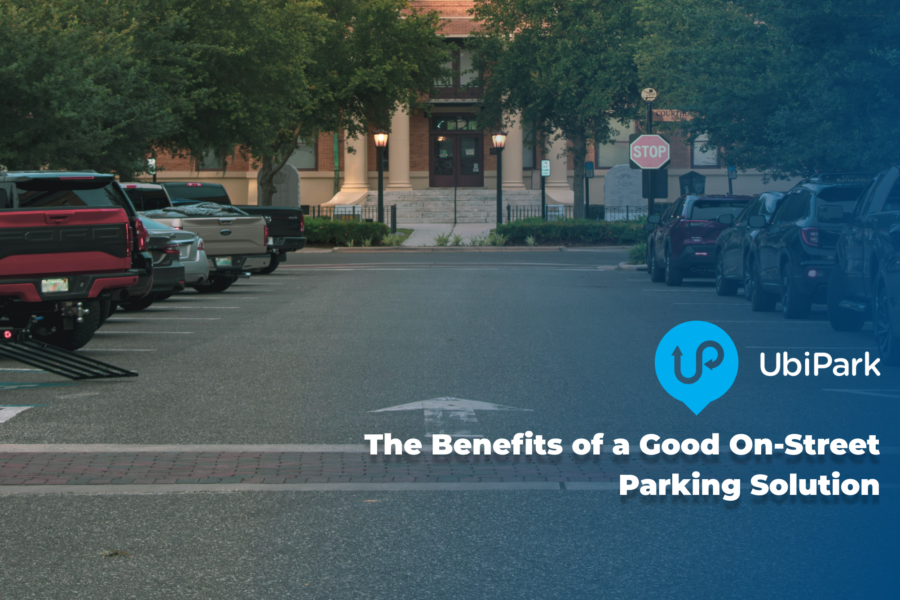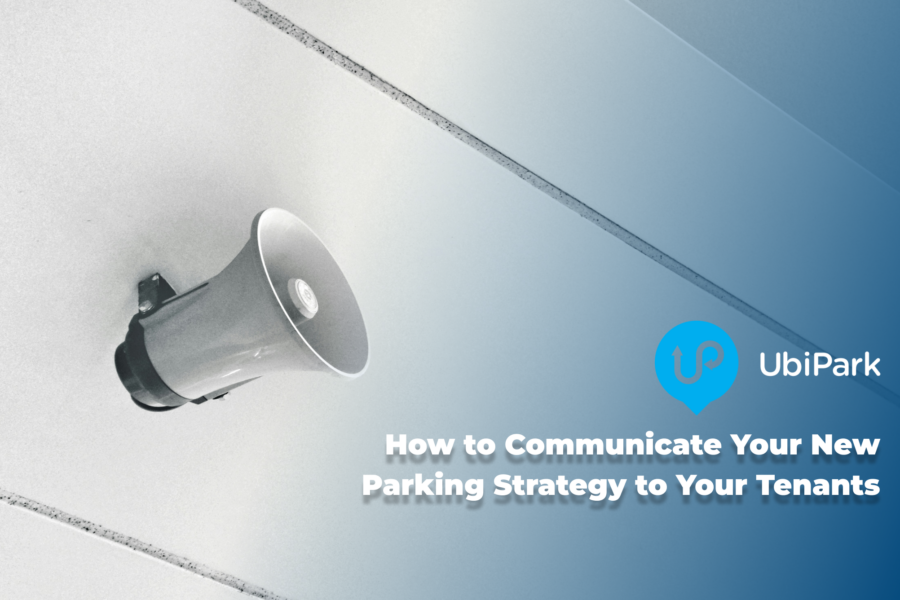More train station car parking coming to Melbourne – a positive or a political Football?
April 19, 2018
Last week, both the State Government and opposition announced their plans to provide more train station parking at key locations throughout Melbourne. The announcement was published in The Age recently, Premier Daniel Andrews wants to put in over 2,000 new and upgraded car parking spaces at Belgrave, Sandown Park, Epping and Craigieburn, with other stations to also be considered as part of the $60M package.
UbiPark CEO Mosstyn Howell, provided his thoughts on the Andrew’s Governments latest pledge for more train station parking at several of Melbourne’s busiest transportation hubs.
“The announcement of more train station parking is positive news for commuters, no matter what side of the political fence you sit. The question is, is it enough and is it in the right places? Or has parking become political football, aimed at swinging voters in key seats prior to the election in seven months?Regardless of your political opinions, what is clear is that we need to improve the commuting experience for many living outside the city centre”.
Is there a need for more train station parking?
It’s no secret, Australia is a nation of car lovers. Car ownership continues to grow, particularly in the suburbs where there is less public transport. However, it’s decreasing as the method we choose to commute to work by.
We want to avoid congestion in our cities and are looking to connect into transportation hubs near our homes, parking near these hubs and utilising trains and buses to make the journey into our cities. In fact, we’ve seen public transport use increase across Melbourne, particularly for car and train commuters which have increased by 12 per cent since 2011.
As this trend continues, we’re going to need more places to park cars near these commuter hubs and take them off already heavily congested side streets. However, it’s important our future transport decisions are made through clear insight of supply and demand, as well as an understanding of what is already available in the suburbs.
Helping plan our future transport network
New smart parking technologies can help achieve this goal. Not only can they provide rich-trip data and real-time car parking information, helping make the important call on what suburbs get a car park based on demand, but also help us to identify what’s already available and what might be underutilised.
By aggregating all available parking, councils and government bodies will be able to see where there are shortages in train station parking and where there is a surplus is parking availability. It might be a local stadium that sits empty all week, which could be monetised to become a commuter car park, giving back to the local community and providing convenient parking for commuters.
It’s important we better understand what parking is already available near our key transportation hubs prior to any investment. It’s also critical to understand where the biggest demand for parking is, to ensure we’re supplying the most appropriate stations – not just the ones that aid voters.
So, not only should the Government be looking to invest in car parks but also the technology that can help us better plan for our future transport network. That includes a future of electronic and autonomous vehicles. If we’re going to make a significant investment in parking, it’s important we future proof that investment otherwise we’ll be replacing it again in the not to distant future.
Smart parking tech can help commuters get back on track
The additional benefit of new smart parking applications, is that it enables commuters to see current car park information, from rates, restrictions, hours of operation and, most importantly, vacancies in real-time. This would allow them to select underutilised car parks near a train station or a viable local alternative, maybe one stop back on the train line, before they even leave the house.
This real-time availability will help commuters better plan their journey’s and avoid parking congestion at the local station.To ensure commuters are only using the parking available at transport hubs, the Myki card system could be linked to their parking accounts and be used to pay for discounted or free parking.
Non-commuters could then be charged at a higher rate or prohibited from the car park altogether. By limiting commuter car parking to commuters only, those not using public transport will be discouraged from taking up vital spots at transport hubs and increasing capacity for those that need it.
If we don’t act now, the problem is only going to get worse as our population increases. Adding additional parking at stations will go some way to adding additional capacity. But to truly understand our transport needs, we must take advantage of smart parking solutions to address this challenge now, at low cost and in a rapid fashion, delivering real benefits to the people of Melbourne and surrounding suburbs.



